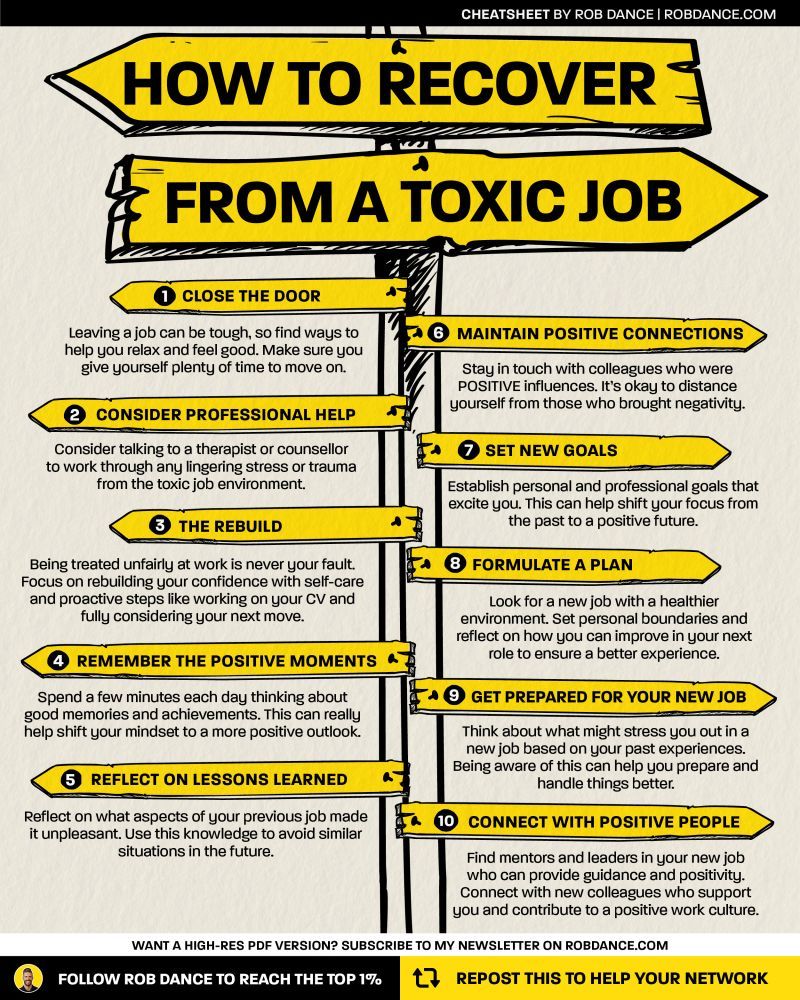Why are Talented People Leaving Education #2
Why are talented people leaving education?
Part Two – How Can We Make It Better?
William Sommers & Janice Bradley
In our beginning article we reviewed the research and experience of ‘What’ educators must deal with and ‘Why’ this is an important issue to address. We learned that toxic leaders exemplify destructive behaviors that violate one’s rights and dignity, promote or ignore competence, micromanage, and use bullying techniques, (Lipman-Blumen, 2005, Schmidt, 2008).
Our focus for this article is ‘HOW,’ thank you to Simon Sinek (2009) for the organizer, we might respond if ‘toxic leadership’ exists for you or your organization.
CFO asks the CEO: “What happens if we invest in developing our people and they leave us?”
CEO replies: “What happens if we don’t, and they stay?”
quote by teamioed
We have the power to make things better for ourselves and for each other when we are in toxic situations. In this article, we first identify and examine the four stages of dissatisfaction (Gottman, 1994) then identify “The Tonic” strategies for addressing one’s situation in a context of a toxic culture. We close with suggestions for what to look for in a new situation once you decide to leave a toxic culture. People in toxic situations aspire to have better working conditions and feel happier and more productive at work. The reality is that an individual can’t change toxic circumstances around them when they are not in the formal leadership role. What is in one’s power when trying to shift the situation seems insurmountable and impossible? Tavanti (2011) states, “Transforming toxic leaders is not a feasible option for individual subordinates alone—it is an organizational and systemic responsibility.” While waiting for a mountain to move, an individual can take control with individual actions.
Four Stages of Dissatisfaction
Before we get to the tonic side, or what we can do about toxic leadership, let’s look at research from John Gottman and associates. They study is ‘why marriages fail and why they succeed.’ After all, schools and districts can be similar to families. There are positive and negatives examples of families. Many marriages that are basically stable, go through periods of satisfaction and dissatisfaction.
Gottman identifies four stages that can take over if not addressed.
- Criticism
- Contempt
- Defensiveness
- Withdrawal
The authors have worked in, consulted in, and coached professionals in organizations at all stages. The good news, there are ways to mediate, manage, move forward at each stage. The bad news is many toxic leaders are not aware nor are motivated to change.
First, the Magic Ratio is 5:1. Just making one positive to one negative is NOT enough. We know that bad is stronger than good. Think of a presentation you may have made. Out of 100 feedback forms you get 98 good to excellent and 2 poor evaluations. Where do you put your energy? On the 98 or the 2?
CRITICISM. We all have had evaluations with our supervisor that uses the S&*% Sandwich technique. If that strategy is used, we wait for the but or the negative as soon as a positive is stated. So, most of us listen to criticism. If we dialogue about how to respond, our efficacy rises, and we feel there are things we can improve on. If we have continual criticism, it may move to CONTEMPT.
CONTEMPT is the line that separates criticism from contempt. Contempt threatens you identity as a good person. It is a step above criticism and may involve blame and shame which has never helped a person get better. The sense of self is under attack Gottman writes about four verbal and nonverbal effects:
- Insults and Name-calling
- Hostile Humor.
- Mockery. This is the art of the subtle put-down
- Body Language.
DEFENSIVENESS is the next stage. Left unchecked, we are motivated to defend ourselves from attacks to preserve our humanity. Even if you are right in your speech and feelings, you must defend your point of view and observations from others.
Identifiers to watch and listen for:
- Denying Responsibility
- Making Excuses
- Complaining about everything
- Rubber Man/Rubber Woman.
- Yes-Butting.
- Repeating Yourself
STONEWALLING or silence is the final stage. No longer will you defend yourself, the person either sits and takes it, looks for another job, and/or removes themselves to the classroom rarely to be seen except for contractual duties. Toxic leaders, at this point, are really on their own. As a leader you can make demands and have little chance of forcing compliance. Gottman says most stonewallers (about 85% of them) are men
If we get to the stonewalling stage, chances of recovery become very slim. What makes this so damaging is the relationships are strained to the point it is hard to repair or gain any sense of trust.
THE CYCLE OF NEGATIVITY – What makes the four stages so deadly to a marriage, or organization, is not so much their unpleasantness but the intensive way they interfere with communication. Remember, meaning is what the listener or receiver hears, not necessarily what the leader intends.
The Tonic – Strategies for Addressing Toxic Leadership
What Leaders Can Do
Leaders can take the following actions to minimize their toxic behaviors using the following actions (Sutton, 2007):
- Address their past and learn to act authentically.
- Avoid making people feel humiliated, belittled, and disrespected.
- Identify how one might mistreat less powerful people and why, the correcting the mistreatment
- Focus on win–win–win (others, self, and the organization).
- Practicing humility
- Focus on the connections and synergies with others rather than the differences.
What Employees Can Do
Employees can take the following actions as an antidote to deal, cope, and survive (Sutton, 2007, Lubi, 2004, & Gangel, 2008).
- Develop indifference and emotional detachment
- Look for small wins and small victories that can keep you going.
- Distance yourself and minimize contact with the toxic individual.
- Document interactions and make visible the transgressions through HR–compliance channels.
- Learn to hold them accountable.
Here are some ‘HOW’ strategies from Gottman’s work.
STRATEGY #1; CALM DOWN – the heart rate starts to increase; emotions begin to sense threat, and cortisol and adrenaline start being released into the blood stream.
STRATEGY #2: SPEAK NON-DEFENSIVELY – State what is positive about the partner you are dealing with. Listen fully so the other person feels heard. Use paraphrasing to for understanding.
STRATEGY #3: VALIDATION – Put yourself in their shoes. Would you feel the same? How would you react given the reverse.
STRATEGY #4: OVER LEARNING—Try multiple times. Maybe a few more attempts might change the strong negative emotions. Build relationships beyond the command-and-control hierarchy.
“In toxic cultures, people get promoted even if they destroy relationships.
In Healthy cultures, you are not a top performer if you don’t elevate others.”
Adam Grant
Drawing again from Frederick Herzberg’s studies of demotivators and motivators, what do employees care about. Some of the major elements are:
- Respect
- Supportive Managers
- Trust and Transparency
- Meaningful Work
- Flexibility
From our experience, we know contracts and policies are required. At the same time life events can intervene.
Story from the field
Bill worked with a great teacher at one of his high schools. The district policy read, maximum two personal days. This teacher’s spouse worked for a Fortune 100 company and was sending this executive to China. All expenses paid for his spouse as well. One week.
Now we had two areas of concern. Contract v. Lifetime experience. The decision was two personal days and three unpaid days to make sure the teacher could accompany the spouse.
Not everything can fit inside a box. Consideration has to be part of the leadership structure. Find creative ways to say, “YES.”
Recovering from a Toxic Job
Leaving a toxic and emotionally exhausting job takes courage and risk-taking. If you stayed in a toxic job for a while, it takes time to decompress once you leave. You may not have been valued, appreciated, or respected and will need to engage in activities to realize and recognize your worth. It’s important to take the necessary time to recover and restore your confidence and positive self-esteem.
Here are some tips from Bob Dance.

We close with a suggestion from Frank and Magnone:,
“Don’t look for a job you’ll like; look for a leader you’ll love working for.
Anyone can find the perfect job.
But if it comes with a manager you cannot follow, then that perfect job will quickly become a prison sentence, no matter how well it pays.”
Six Things Mentally Strong People Do
- They move on. They don’t wasting time feeling sorry for themselves.
- They embrace change. They welcome challenges.
- They stay happy. The don’t waste energy on things they can’t control.
- They are kind, fair, and unafraid to speak up.
- They are willing to take calculated risks.
- They celebrate other people’s success. They don’t resent that success.
Found on the internet: LifelearnedFeelings
FIND A LEADER WHO CAN ATTRACT YOU HANDS AND HEART.In our next post we will continue to focus on actions that a leader can take to elevate their leadership and a few more suggestions WHY this is so important.
References
Frank, C. & Magnone, P. (2011). Drinking from the Fire Hose: Making smarter decisions
without drowning in information. London: Penguin.
Gottman, John. (1994). Why Marriages Succeed or Fail. New York: Fireside 72
Herzberg, F. (2008). One more time: how do you motivate employees? Boston: Harvard Business
Sinek, S. (2009). Start with Why. New York: Penguin.
Sutton, R. (2010). Good boss, bad boss. New York: Business Plus.
